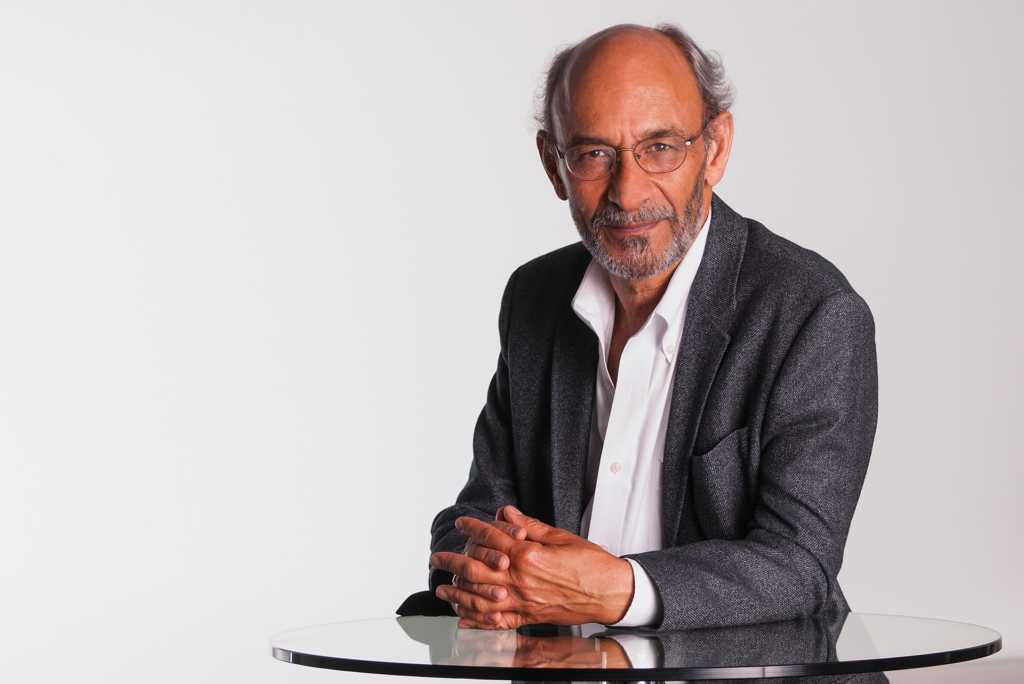Definition of the chief executive officer (CEO): The highest-ranking manager in an organisation, who is ultimately responsible for decision-making.
The best entrepreneurship books and management books will regularly use the phrase ‘CEO’ to quickly refer to the boss, regardless of whether that individual officially uses the title (other variants exist).
What is a CEO?
A CEO is the boss of any organisation. The term ‘Chief Executive’ originates from the US and is not ubiquitous in the UK, so it’s worth me translating how UK management positions compare to the CEO job title.
In the UK, executives are known as directors, and the typical board of a UK company may include:
- Chairman of the board
- Managing director
- Finance director
- Operations director
- Sales & marketing director
- IT director
- HR director
Depending of the size and business model of the organisation, some of these roles many be senior management roles rather than board positions.
The managing director is the CEO of the organisation. This is a full time role which comprises the management of the other directors (Except the chairman – more on that later).
Public companies tend to use international job titles, in the same way they also use international generally accepted accounting standards (IFRS).
Therefore, listed companies and other high profile businesses who comply with the Combined Code tend to use internationally recognised job titles such as Chief Executive Officer.
What are the responsibilities of a CEO?

A CEO will have the following responsibililties:
- Setting strategy and priorities for the board and the organisation,
- Defining the organisation purpose,
- Leading by example to influence company culture,
- Being a public face of the business, such as for lobbying purposes,
- Managing large crises or priority business issues, such as projects involving change
- Acting in the best interests of shareholders to maximise shareholder value but also ensuring that the business complies with the law.
- Liaise with external stakeholders and the non-executive directors
How is the phrase chief executive officer used in a sentence?
“The chief executive officer resumed his seat on the board after a period of absence due to illness.“
“The CEO has ordered a review of capital expenditure in light of the balance sheet becoming asset-heavy.”
Is CEO and Chairman of the board the same role?
Chairman is a role which is sometimes taken on by the CEO in addition to their duties but is also frequently a role carried out by an independent non-executive director. Business books about corporate governance will explain that splitting the Chairman and CEO role is best practice.
The chairman leads board meetings and sets the tone of discourse and ensures that the board are held to account. Therefore in some way, you could argue that the chairman outranks the CEO.
However, the chairman is often a part-time role, and does not involve hands-on management of the business. The book stops with the chief executive officer, not the chairman.
As mentioned above, the chairman & CEO are sometimes the same person. Although listed companies are strongly discouraged from merging the roles. The Combined Coded expects companies to explain themselves in their financial statements if they choose to ignore this guidance.
Separating the roles allows for a more robust challenge of the executive board by non-executives, which is a healthy dynamic in an effective board.
When a domineering CEO holds both roles, the direction of the company can be beholden to one individual which feels risky.
How does the definition of chief executive officer relate to investing?
The CEO of a company is perhaps the most important employee. This is because their say goes, meaning that their view on company strategy is more likely to manifest itself in the business activities than any other.
Investing courses will explain that investors which follow the value investing approach look very carefully at the key management of a company, such as the CEO, as this is a fundamental factor which is not often priced in by the market.